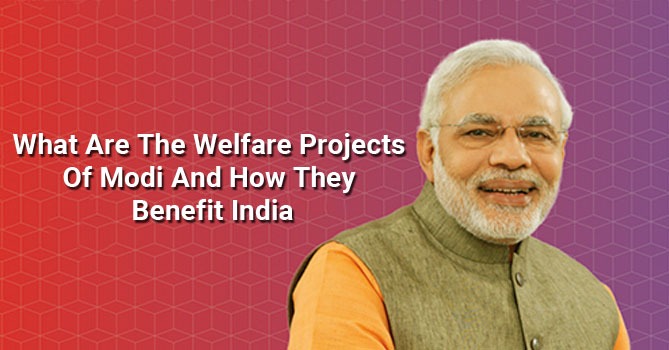Taking cue from the defeat of Delhi Elections 2020, and seeing how AAP has used the development issue to its advantage, I&B minister has asked different ministries of the Modi government to campaign and highlight the welfare projects each ministry has undertaken. Here is a unique study of how these projects have benefited India.
Is India Developing Under Modi Government? His Welfare Projects May be The Answer WhaWhat Are The Welfare Projects Of Modi And How They Benefit IndiatsApp-Image-2020-02-15-at-2.32.45-PM


